Grazalema is a white village in the beautiful Sierra de Grazalema Parque Natural in Cádiz and Málaga provinces
By Nick Nutter | Updated 11 Apr 2023 | Cádiz | Villages |
Login to add to YOUR Favourites or Read Later
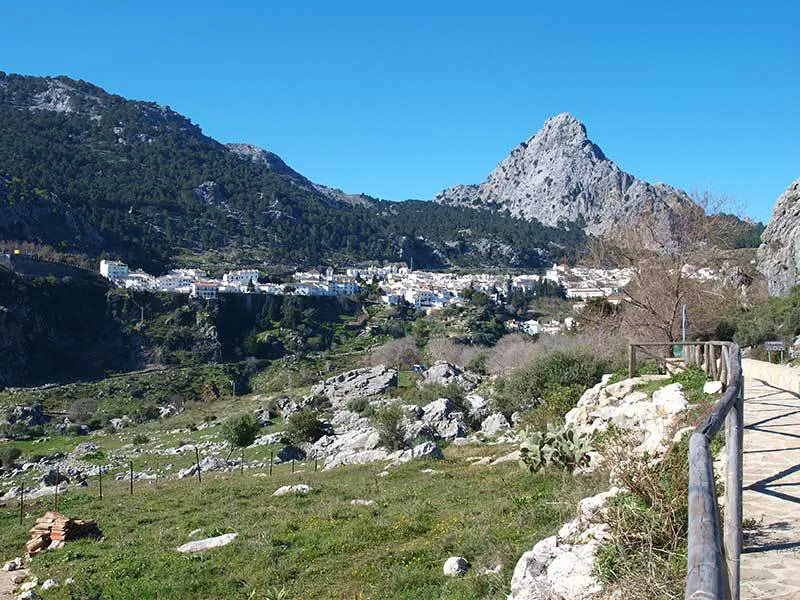
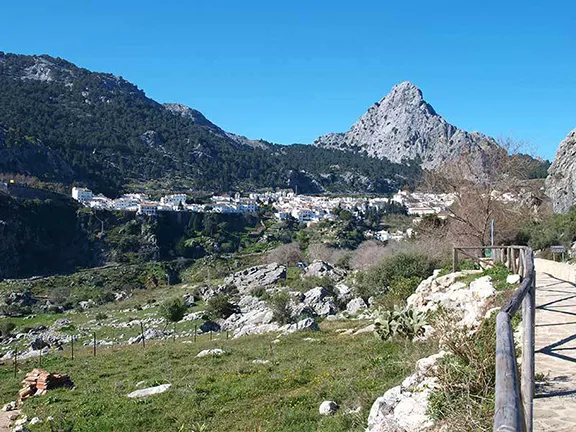
Grazalema
Grazalema is in the heart of the Sierra de Grazalema Parque Natural. It is a great place to stay a night or two to sample the many walks that take you through the park. Relaxing in the evening, after a hard trek, is a pleasure. A cold tubo at a table in the Plaza Pequena followed by a simple meal at any of the many bar-restaurants, what could be better?
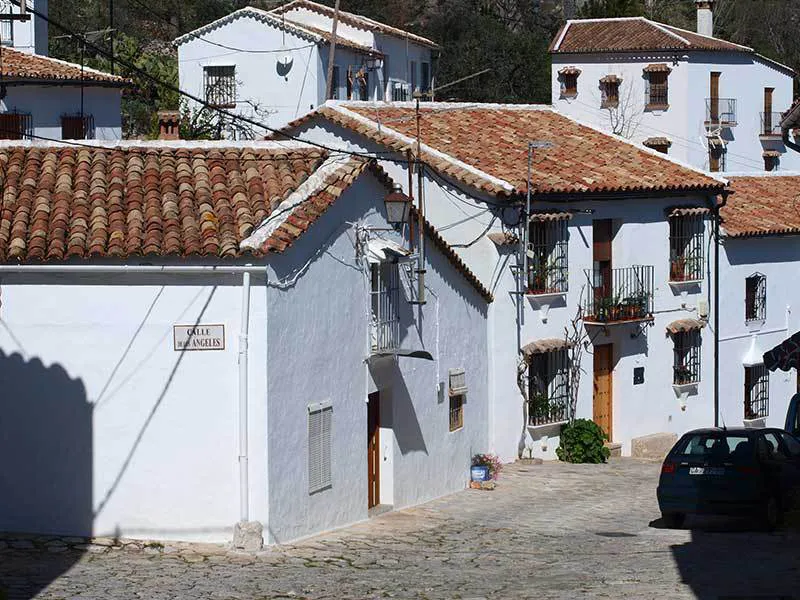

Old lower area of of Grazalema
Grazalema has a claim to fame. It is the wettest place in Spain with an average of over 2300 mm precipitation per year (over four times that of the fenlands of East Anglia). The village is situated on the south facing side of the Sierra de Grazalema at a height of 800 metres. Warm, moist air from both the Atlantic and to a lesser extent, Mediterranean pass over the lower land to the south, south west and west rising gradually until it meets the Sierra. There it is funneled up a wide valley until it is over Grazalema, then it deposits its water. September to May are the wettest months with something like 10 days of rain per month. June to August you can expect one day of rain per month.

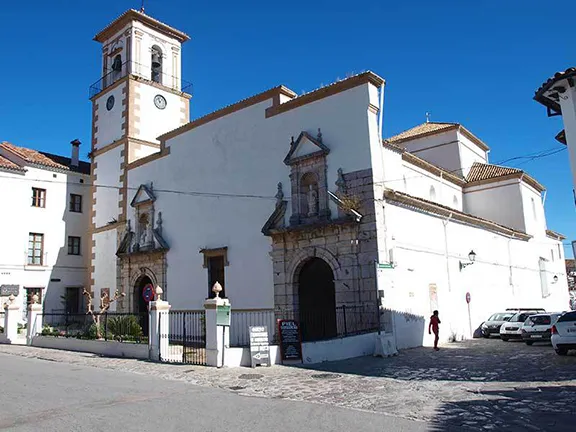
Iglesia de la Encarnacion Grazalema
Being the wettest place is not all bad. It is good for growing grass, rearing sheep, and spinning and weaving wool. The humid air helps prevent the wool strands breaking. The Berbers who founded the village also brought their own sheep. They started making woollen garments to ward of the wet and cold. A thousand years later, between the 17th and 19th centuries, the mantas de Grazalema were famous. Today they are still made in a more modern workshop together with blankets, rugs, ponchos and scarves. They are exported all over the world.

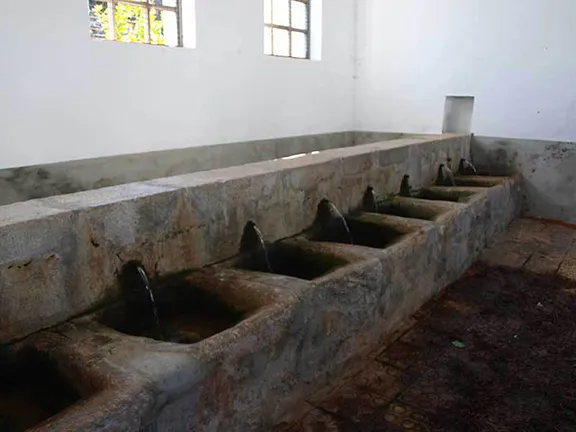
Communal laundry Grazalema
The wealth generated by the woollen industry first helped build the churches in the town and allowed the wool merchants build fine houses. It also helped build a thriving tourist industry. Tourists are also drawn to Grazalema due to it being at the gateway to the Parque Natural de Grazalema and the first area to be declared a Biosphere Reserve in Andalucia. Walkers should note that many of the routes within the Natural Park require a permit that can be obtained from the visitors centre at El Bosque, a village on the western side of the Sierra, about 15 kilometres from Grazalema.
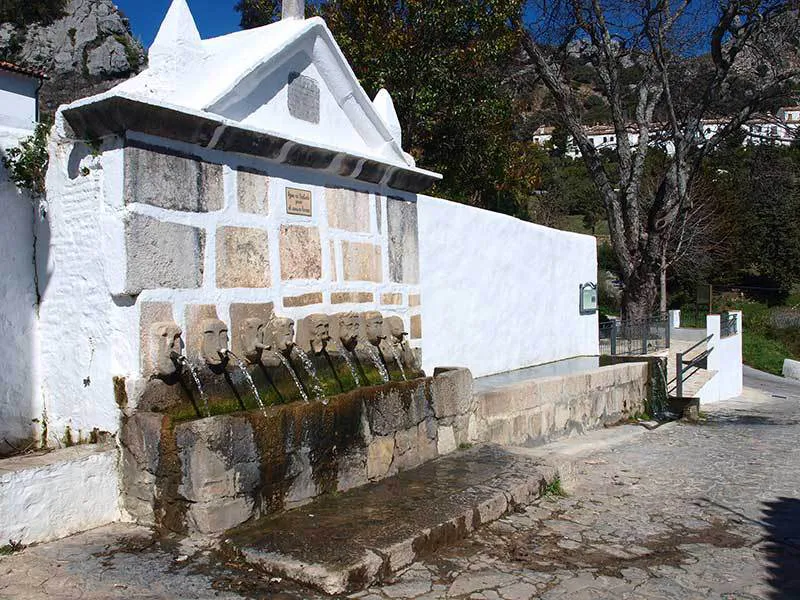

Roman Fountain
One of the first things to strike you as you enter Grazalema via the narrow, tortuous road are the high limestone crags towering to 1500 metres that surround the village on three sides. The dominant peak is called Peñon Grande. These are home to vultures and eagles that can often be seen rising on the thermals. The second impression is how clean the village is. Pristine white buildings, shiny black rejas at windows overflowing with floral baskets with flower tubs lining the streets. No sign of graffiti here. Finally, and this took some time to sink in, the shop signs display a degree of uniformity and discretion that totally blends in with the atmosphere of the village. Gaudy Lidls or Mercadona signs are noticeably absent, even the supermarket Dia had to conform.
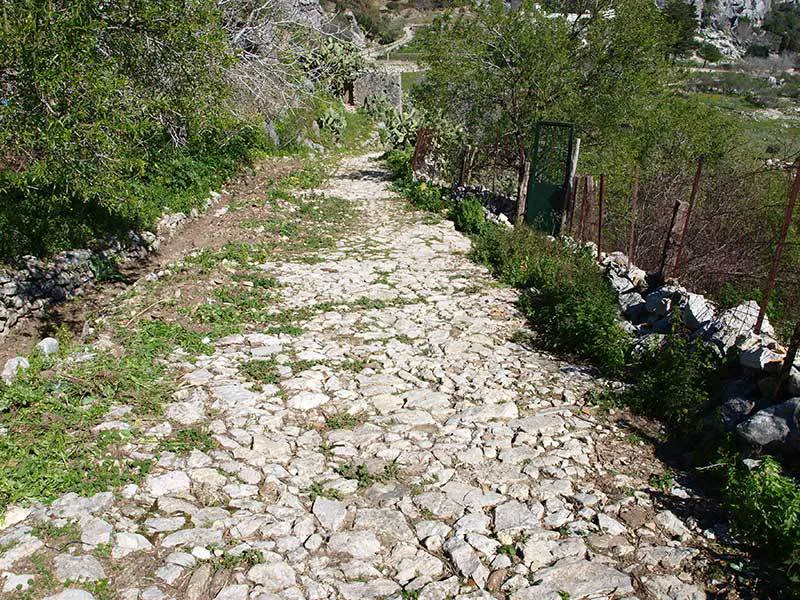

Roman Road
Historically the village has plenty to offer. In the lower part of the village is a fountain, purportedly Roman but more likely Visigothic, opposite which is the communal town laundry. Incredibly this was used until the 1970s when electricity, water supplied to houses and washing machines became more commonplace.
Nearby is a well preserved track, part of the Roman and later Mediaeval road that led to Acinipo and Ronda, linking Grazalema with the outside world.
To regain the upper part of the village and the central square, Plaza de Espana, the way takes you through a typical Moorish zig zag portal through the walls. The Plaza overlooks the valley far below and what appears to be an old walled section of town on the right.
The walled section is actually fairly modern and it is where all the action is during the summer. There is a large communal swimming pool and, above that, a recreation area. During the summer, every weekend, there is an open air disco that starts at midnight and lasts until 5am. It is attended by all age groups.